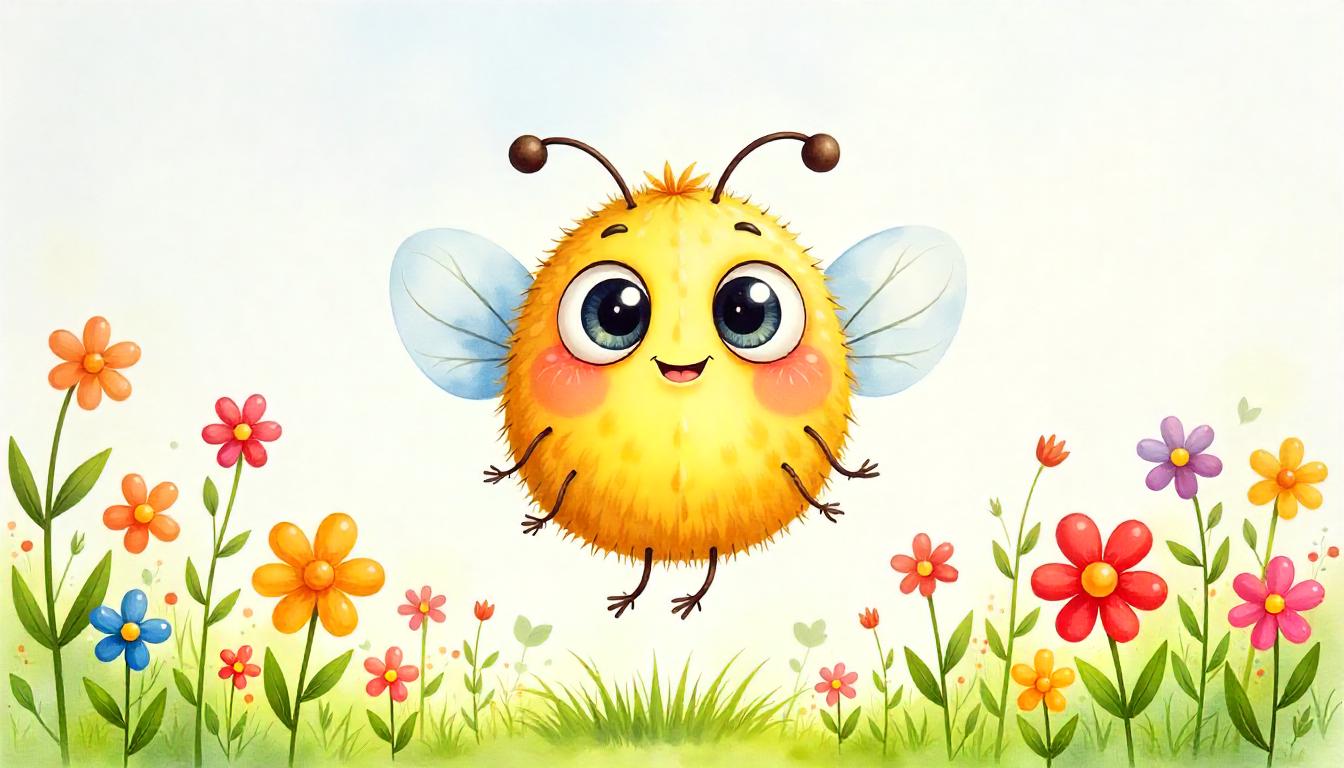Introduction to Beholderen
Beholderen is a term that has recently captured the public’s imagination, weaving its way into conversations and social media feeds. But what exactly does it mean? As people seek to understand this intriguing word, they also find themselves drawn to its deeper implications in art, literature, and culture. This fascination has sparked discussions among enthusiasts and casual observers alike. If you’ve stumbled upon the term or are curious about why it’s trending, you’re not alone. Let’s dive into the essence of beholderen and uncover what makes it resonate with so many today.
The Origin and History of Beholderen
The term “beholderen” has intriguing roots that can be traced back to various cultural influences. Originating from a blend of art and philosophy, it reflects the idea of perception and interpretation.
Historically, beholderen was used in literature as a symbol of perspective. Different civilizations embraced its meaning, shaping how individuals perceive beauty and truth. Ancient texts often highlighted the subjective experience tied to beholderen.
As time progressed, this concept found its way into modern discourse. Artists, writers, and thinkers began exploring what it means to be a “beholder.” The dialogue around perception evolved alongside societal changes in art movements and philosophical debates.
In contemporary times, beholderen remains relevant. It invites conversations about individual experiences with reality while challenging norms regarding aesthetics and interpretation. This rich tapestry makes beholderen an essential point of reference in understanding human connection to art and culture today.
Popularity and Rise in Trending Culture
Beholderen has recently burst into the cultural spotlight. Its eclectic nature resonates with a diverse audience, drawing individuals from various backgrounds. This multifaceted appeal is one reason for its rising popularity.
Social media played a crucial role in this surge. Platforms like TikTok and Instagram have transformed beholderen into an engaging trend. Users share their interpretations through art, memes, and discussions that spark curiosity.
Moreover, influencers are embracing the concept, creating content that showcases their unique perspectives. This visibility fosters community engagement and encourages more people to explore what beholderen means to them.
With each passing day, conversations around beholderen grow richer and more nuanced. The blending of tradition with modern interpretation keeps it fresh in popular culture’s ever-evolving landscape.
What Does Beholderen Mean?
Beholderen is a term that has captured the imagination of many. At its core, it embodies the idea of perception and interpretation. It suggests that reality can shift depending on who is observing.
In various contexts, beholderen refers to an individual’s unique perspective. This notion challenges us to consider how our views shape experiences and interactions with others.
The phrase often implies that beauty—or truth—exists in the eye of the beholder. It’s a reminder that subjective interpretations play a vital role in our understanding of art, relationships, and society at large.
As discussions around identity and perception grow more prevalent, beholderen resonates with those grappling with personal truths amidst collective narratives. Its fluidity invites endless exploration into what lies beneath our individualized viewpoints.
Examples of Beholderen in Literature and Popular Media
Beholderen has found its way into various forms of literature and media, captivating audiences with its unique blend of mystery and intrigue.
In fantasy novels, the concept often portrays all-seeing entities that embody wisdom or foreboding. These characters challenge protagonists to confront their deepest fears.
Television shows have also embraced beholderen themes. Series like “The Twilight Zone” feature narratives where an omniscient force shapes reality, putting human nature under a microscope.
Video games are not left behind either. Titles such as “Dungeons & Dragons” introduce beholder-like creatures that present both threats and puzzles for players to solve.
Graphic novels depict these enigmatic figures in striking artwork, capturing their essence through vivid illustrations. Each medium offers a fresh perspective, showcasing the versatility of beholderen across genres and formats.
Impact and Influence on Society
Beholderen has seeped into our cultural consciousness, reshaping how we perceive art and media. It challenges traditional interpretations, encouraging audiences to engage more deeply with their surroundings.
In social media, beholderen has sparked discussions about perspective and subjectivity. People share their unique viewpoints through images and narratives, promoting a broader understanding of diverse experiences.
Artistic communities have embraced the concept as well. Artists are increasingly exploring themes that highlight the relationship between viewer and artwork. This shift fosters an environment where personal interpretation thrives.
Furthermore, beholderen influences mental health discussions. By recognizing that each individual sees the world differently, it encourages empathy and connection among people from varied backgrounds.
As conversations around identity grow richer, beholderen continues to play a vital role in shaping societal norms surrounding perception and appreciation of life’s complexities.
Conclusion: Why Beholderen is Here to Stay
The concept of beholderen has woven itself into the fabric of contemporary culture, resonating with audiences across various platforms. Its roots run deep, stemming from a rich history that continues to inspire new interpretations and adaptations. As people seek connection and understanding in an increasingly complex world, beholderen offers a lens through which they can examine their own perceptions and beliefs.
From literature to film, beholderen captivates imaginations and provokes thought. It encourages us to explore themes of perspective and reality while challenging societal norms. This multifaceted term is not just a passing trend; it reflects ongoing shifts in how we understand ourselves and our surroundings.
As discussions around identity, perception, and meaning evolve, so does the relevance of beholderen. It captures the zeitgeist—an intriguing exploration of what it means to be human today. The appeal shows no signs of waning as creators continue to find innovative ways to incorporate this theme into their work.
This cultural phenomenon invites everyone to engage with its depths further. Beholderen isn’t merely here for now; it’s become an integral part of our narrative landscape—a dynamic conversation starter that will remain significant for years ahead.

Leave a Reply